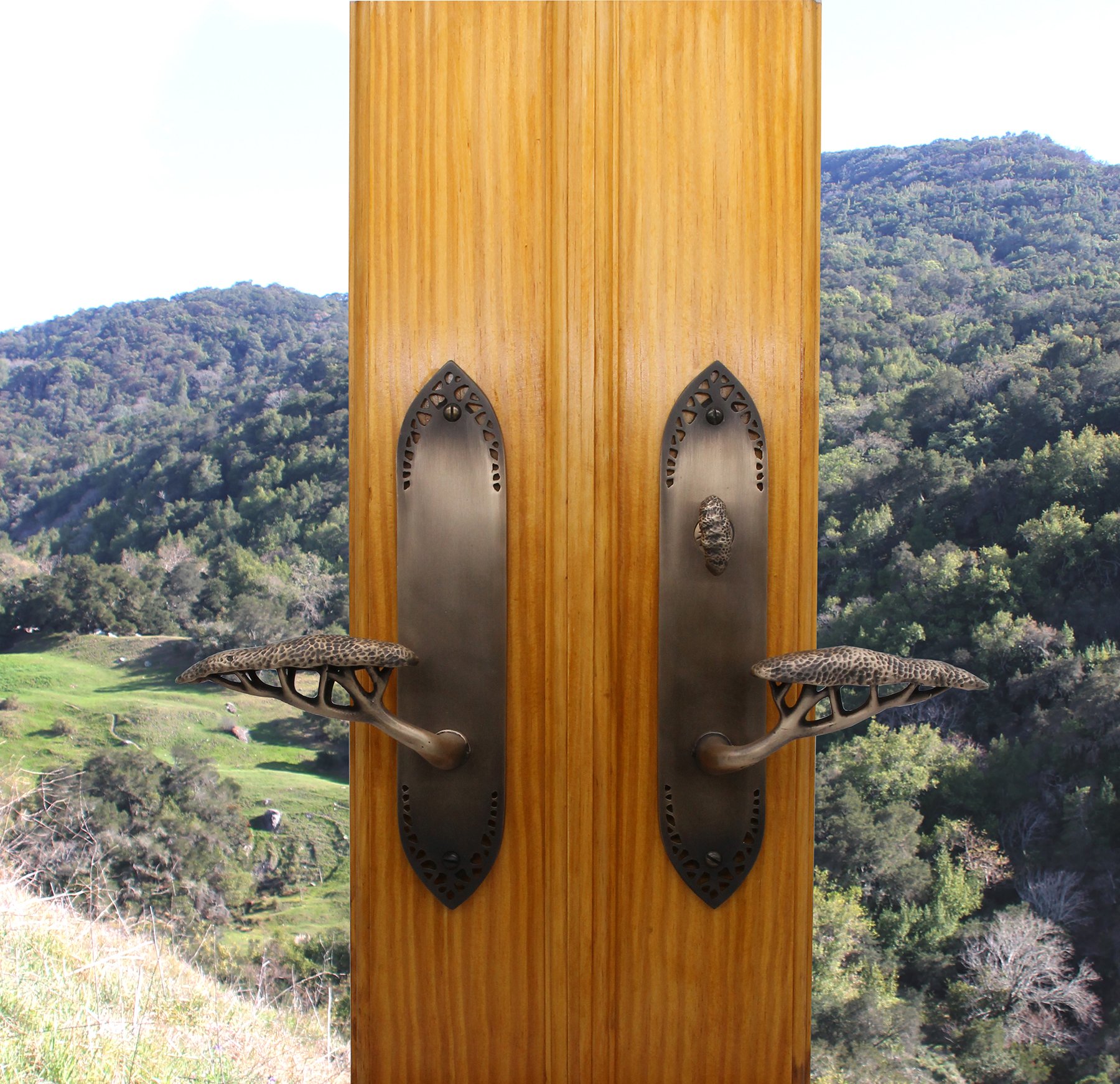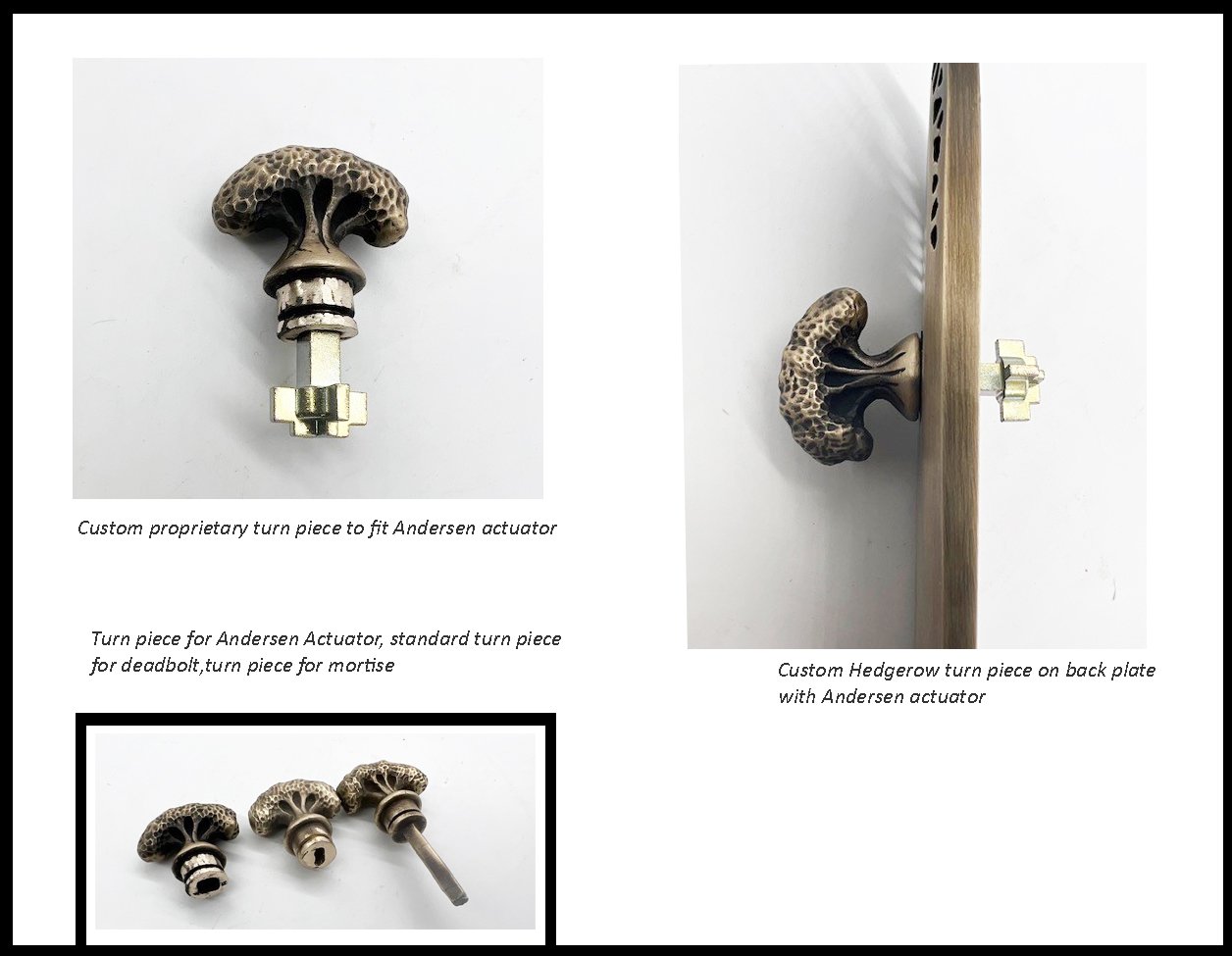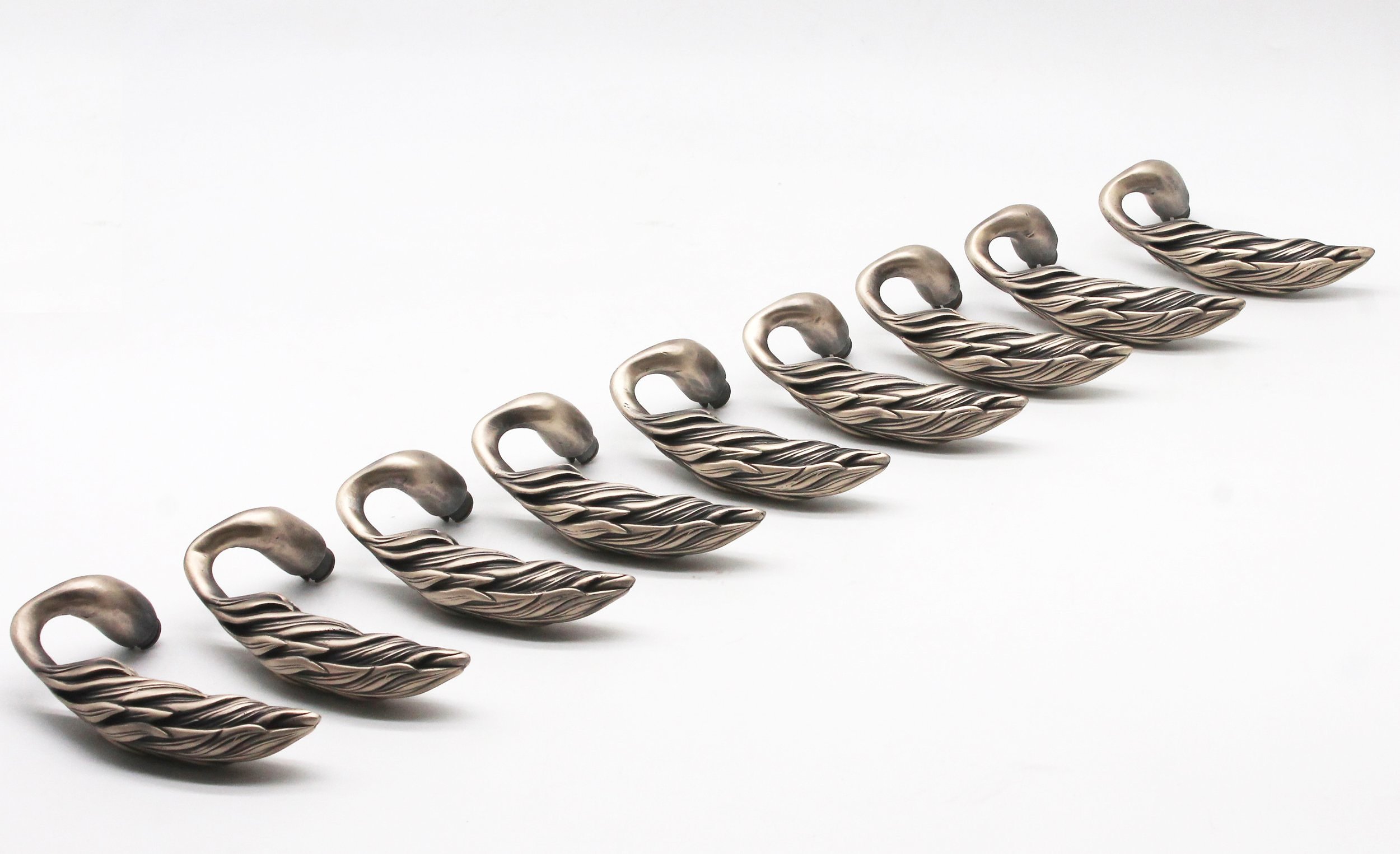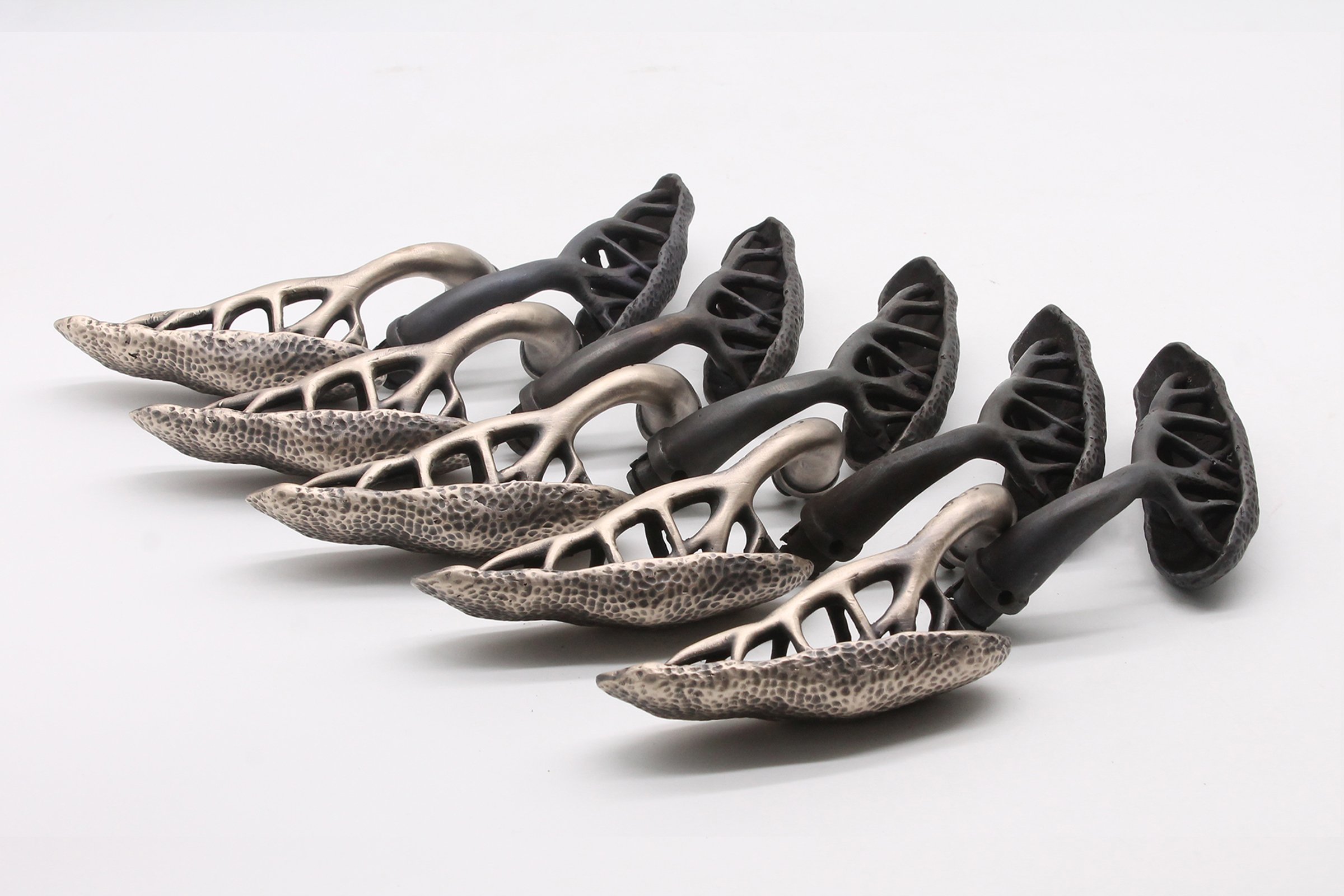The Chinese Year of the Dragon began on February 10th, 2024, continues until January 28th 2025.The Chinese zodiac follows the moon and is divided into 12 year cycles. Each cycle is represented by an animal which includes a rat, ox, tiger, rabbit, dragon, snake, horse, goat, monkey, rooster, dog, and pig.
The English word zodiac dates back to the Roman and Greek periods and the 12 symbols represent the months of the calendar. The word zodiac derives from the Greek word zōdiakòs kýklos meaning circle or cycle of animals. While the zodiac signs do include a ram, bull,crab,lion,scorpion, and goat, the signs actually represent the Greek Gods and rather than following only the moon they follow the paths of different star constellations.
In the Chinese zodiac the 12-year cycles represented by animals are also associated with the five elements; wood, fire, earth, metal and water. In Chinese philosophy the ancient philosophers believed that we could understand our world by looking to these 5 types of energy and how they change. This is the year of the Wood Dragon which is considered the first phase in the cycle of growth and that is aptly depicted by the Chinese symbol for tree.
Our inspiration for the dragon door knob came from watching Game of Thrones and from Daenary’s wonderfully animated fire- breathing friends. Their depiction as powerful scaled beings was central to our much smaller dragon. At a height of 3” and weighing 2lbs and based on the dragons’ wing length of being 196’ I have guessed our bronze version if scaled to this size would be an impressive 20-ton creature.
In honor of the Wood Dragon, we have created a scene using our Hedgerow trees to form a landscape to celebrate this year.




















































